Ukrainian Neptune Cruise Missile Lands In Russia Largely Intact
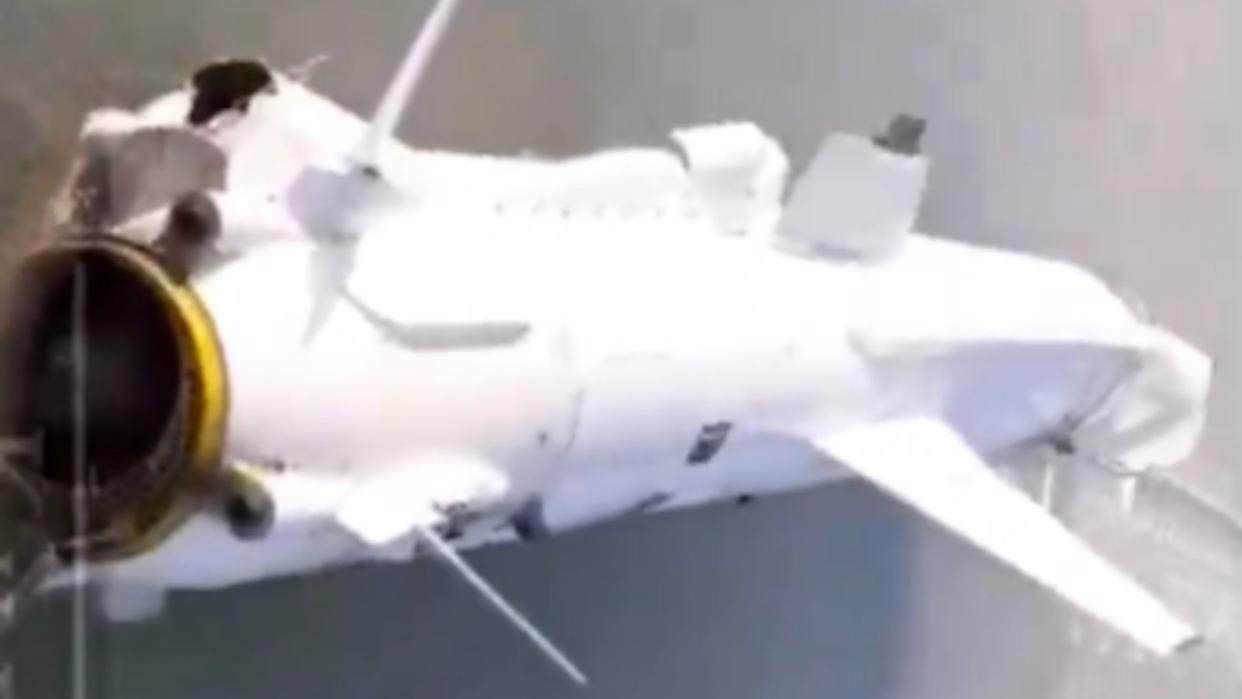
The remains of a Ukrainian-developed R-360 Neptune ground-launched cruise missile have reportedly washed ashore on Russia's Sea of Azov coastline. This looks to be the first look at any part of one these missiles actually fired in anger. Ukraine's forces famously used Neptunes to sink the Russian Navy's Project 1164 Slava class cruiser Moskva in 2022 and reportedly began employing a new land-attack version last year.
Video showing R-360, which is claimed to have been taken on a beach on the Sea of Azov near the Russian port city of Taganrog, emerged earlier today on social media. The Russian-language War History Weapons Telegram channel (@warhistoryalconafter), which appears to have posted the video first, saying the missile had been shot down by Russian air defenses. The War Zone cannot readily verify this independently.
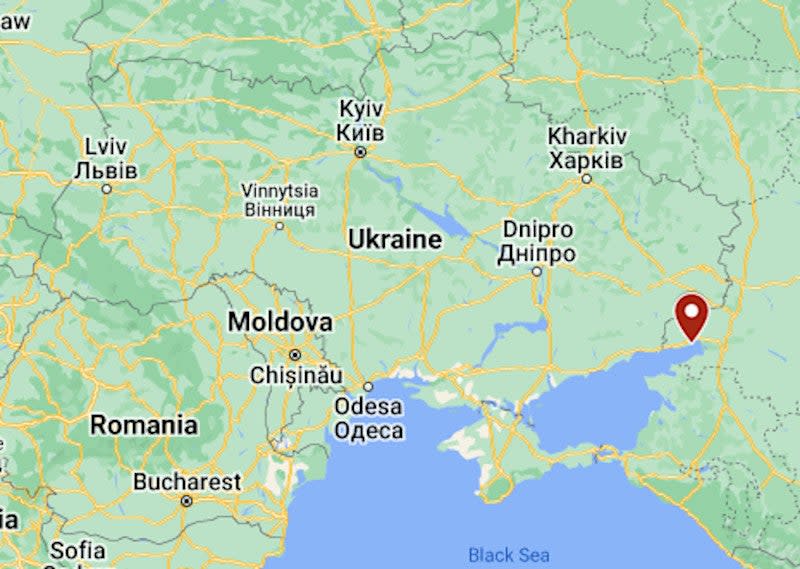
The Ukrainian R-360 is derived from the Soviet-era Kh-35 and is very similar externally to that missile, which remains in service in Russia and elsewhere today. However, the remains of the missile in the video that emerged today clearly show that its main fins have a stepped or 'cranked' sweep to them, which is a distinctive feature on Neptune. The four main fins on Kh-35s have a straight sweep to them. Early Neptune prototypes were seen with a fin configuration more akin to that o the Kh-35.

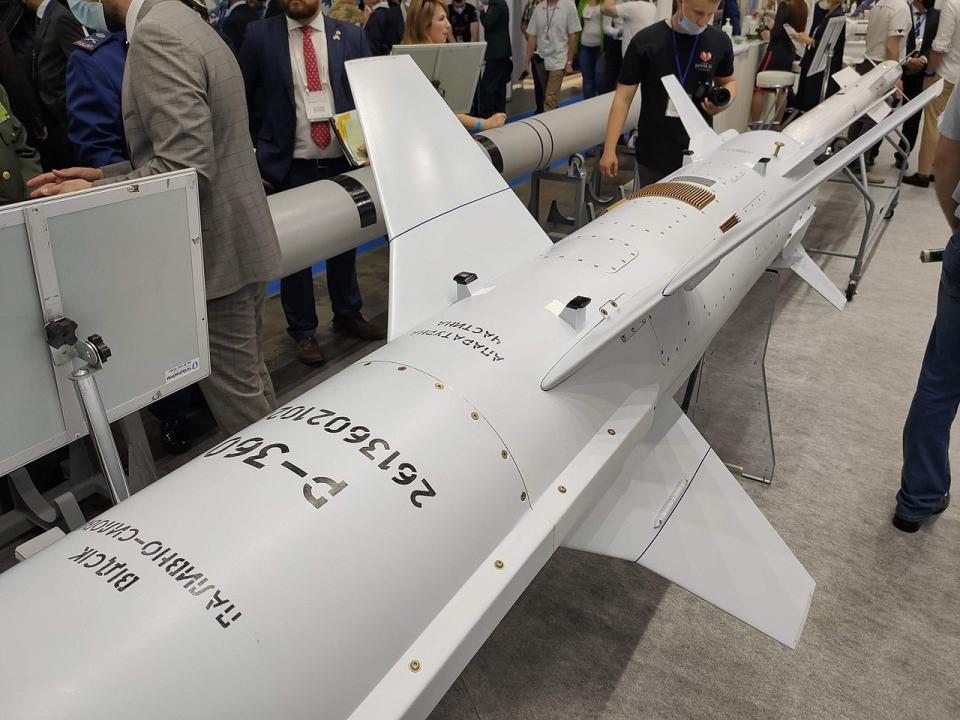
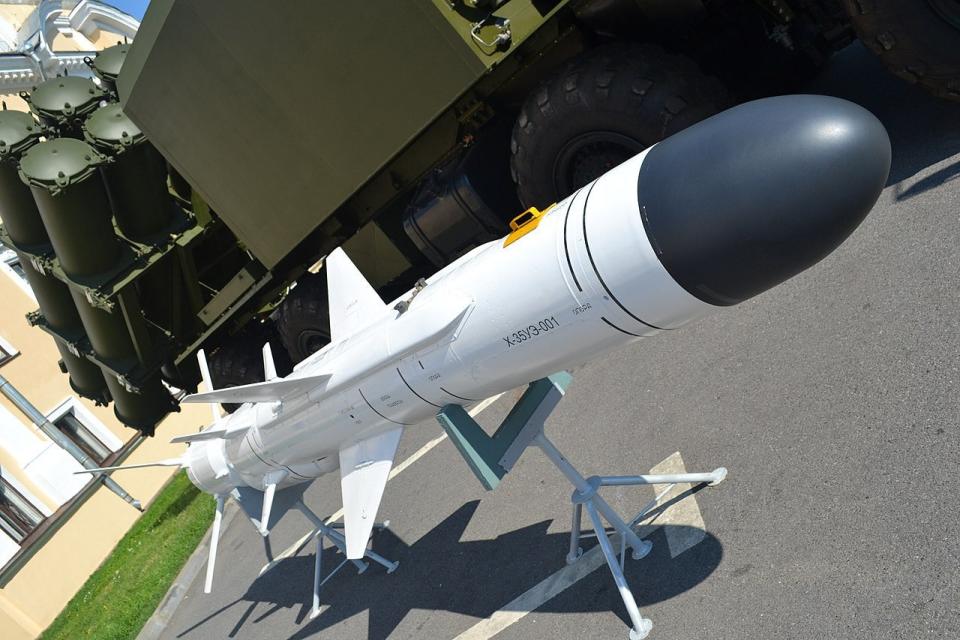
What can be seen of the rear end of the missile wreckage in the video is also fully in line with Neptune.
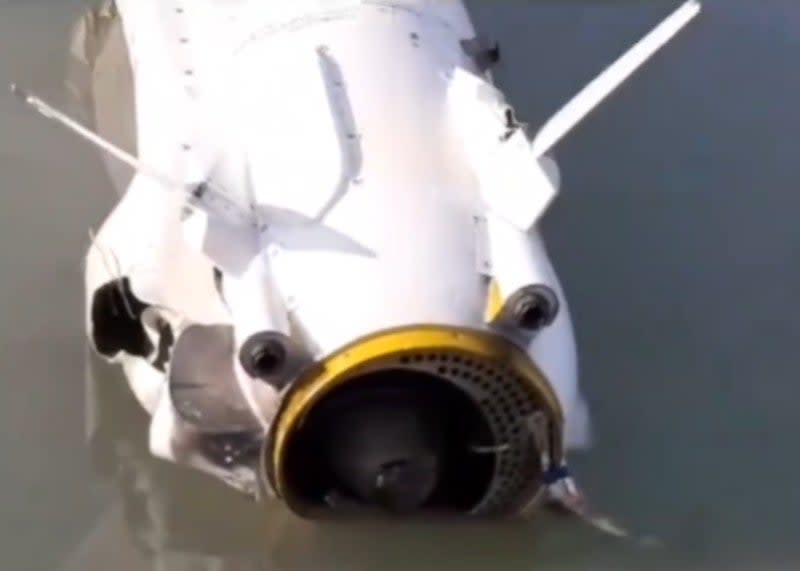
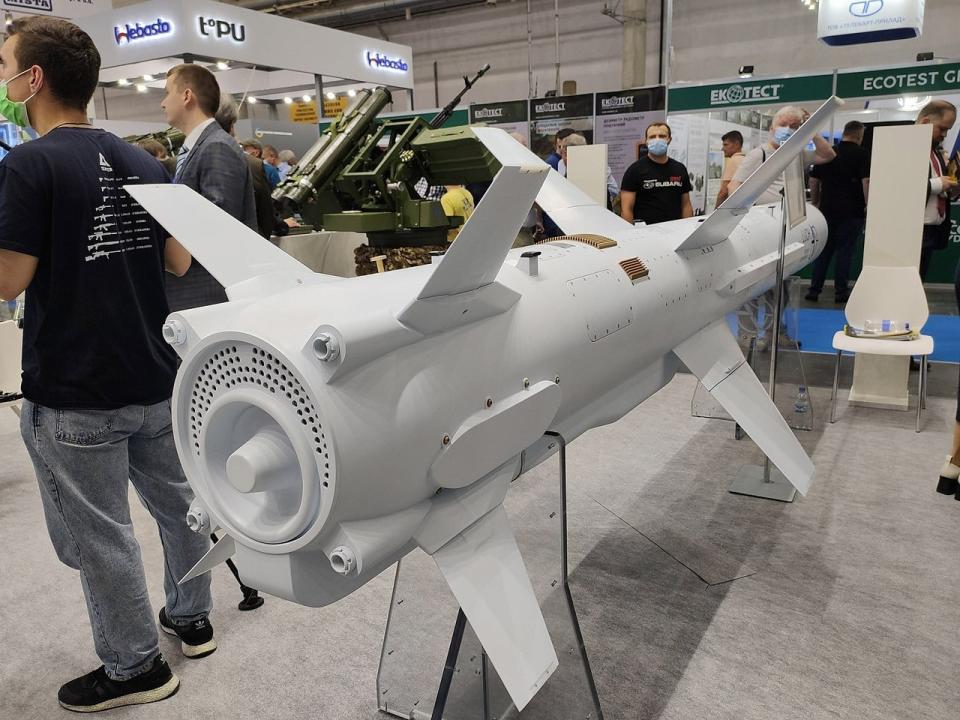
Whether or not this is land-attack variant of Neptune or not is unclear. The nose end of the missile, which might have provided additional clues in this regard, is notably missing.
The baseline anti-ship version of Neptune uses inertial navigation system (INS) guidance to get to a designated target area before switching over to an active radar seeker to detect and zero on its target in the terminal stage of flight, just like the Kh-35. The land-attack version reportedly uses a combination of GPS-assisted INS and an imaging infrared sensor to hit its mark. You can read more about what is known about this new variant here.
In the past, the maximum stated range of the anti-ship version of Neptune has been said to be around 190 miles (300 kilometers). However, a Ukrainian defense official told The War Zone last year that the land-attack version, at least, could have a range of up to 225 miles (360 kilometers).
A range of 225 miles/360 kilometers would certainly put Taganrog and much of the surrounding areas in the Rostov region within reach of Ukrainian forces positioned in the eastern ends of their country. The social media post below shows the general disposition of Ukrainian and Russian forces as of January 28.
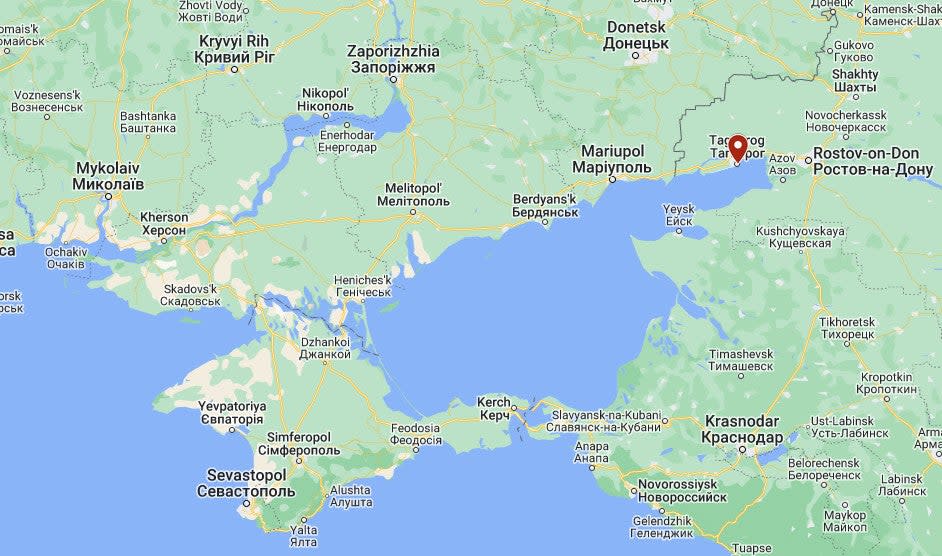
In August 2023, at least one land-attack Neptune was also used to destroy a Russian S-400 surface-to-air missile system on the occupied Crimean Peninsula at a similar distance from the front lines. This was the first known use of this version of the missile. Neptunes of this type were reportedly also used in a strike against an air base in Crimea the following month.
Ukrainian forces have targeted Taganrog, including the air base there, on multiple occasions with other missiles in the past. In at least one instance, a Ukrainian S-200 surface-to-missile appeared to be employed as ad hoc short-range ballistic missile in a strike on a government building in that city.
The new land-attack version of Neptune could, of course, also be employed against ships, at least ones in port in places like Taganrog. Ukrainian forces have been very successful in conducting such strikes using air-launched Storm Shadow and SCALP-EG cruise missiles provided by the United Kingdom and France, respectively.
Storm Shadow and SCALP-EG are functionally identical and both use imaging infrared seekers in the terminal phase of flight. Russian Navy ships also began appearing last year with curious new paintwork on their hulls that looks to been intended as a countermeasure against missiles using this kind of guidance. A Russian Ropucha class landing ship just recently emerged with one of these paint jobs. In December, Ukrainian forces destroyed a ship of this type sitting in port in the Crimean coastal city of Feodosia, reportedly using Storm Shadow/SCALP-EG missiles.
Just weeks after Ukraine announced it had started using the land-attack version of Neptune with the new seeker, Russian forces also began covering aircraft in tires and painting decoy silhouettes on the aprons at air bases. This also looked to be intended, at least in part, to throw off weapons that use image-matching guidance systems.
No matter what caused it to come down, if wreckage of a Neptune did wash ashore in Taganrog this could give Russian forces new and useful intelligence insights into the missile's capabilities. The War Zone has previously highlighted these issues a significant portion of a Storm Shadow missile was recovered in Russia last year. Neptune looks to be less advanced overall than Storm Shadow/SCALP-EG, which also have stealthy design features, but knowing more about how exactly it works could still be useful in the development of new countermeasures and refinement of existing defenses.
The emergence today of the video showing the apparent Neptune missile remains near Taganrog also comes amid concerns about Ukraine's stand-off munitions stockpiles. This has only been underscored by fears that foreign military aid deliveries for key sources, especially the United States, may start to shrink, if not end entirely.
Ukrainian authorities have been pushing to acquire additional stand-of strike capacity in the form of air-launched Taurus cruise missiles from Germany, but authorities in Berlin continue to resist those calls. Recently, there have been reports that the German government could transfer Taurus missiles to the United Kingdom. That, in turn, could make it easier for that country to ship additional Storm Shadows from its stocks to Ukraine.
https://www.youtube.com/watch?v=TYw5-UDeMyo
Domestic production of R-360s is another avenue for Ukrainian capabilities this regard. However, Russian forces have heavily targeted the country's defense industry in the past and continue to do so. It is unclear what Ukraine's capacity to produce more Neptunes of any type might be going forward.
Whatever the case, the new video today is evidence that Ukraine still has at least some stocks of Neptune missiles that it can employ, including against targets inside Russia proper.
Contact the author: [email protected]